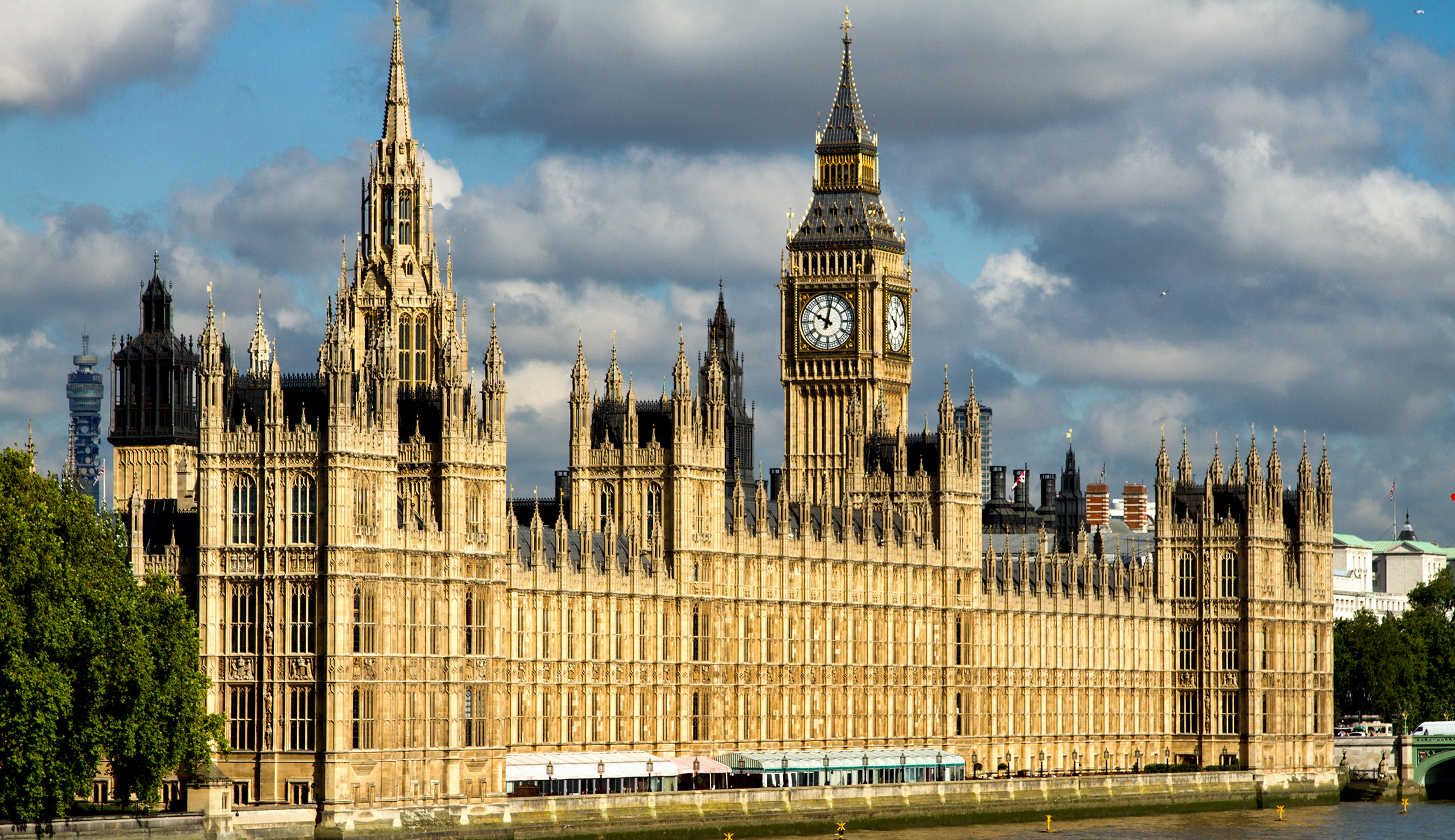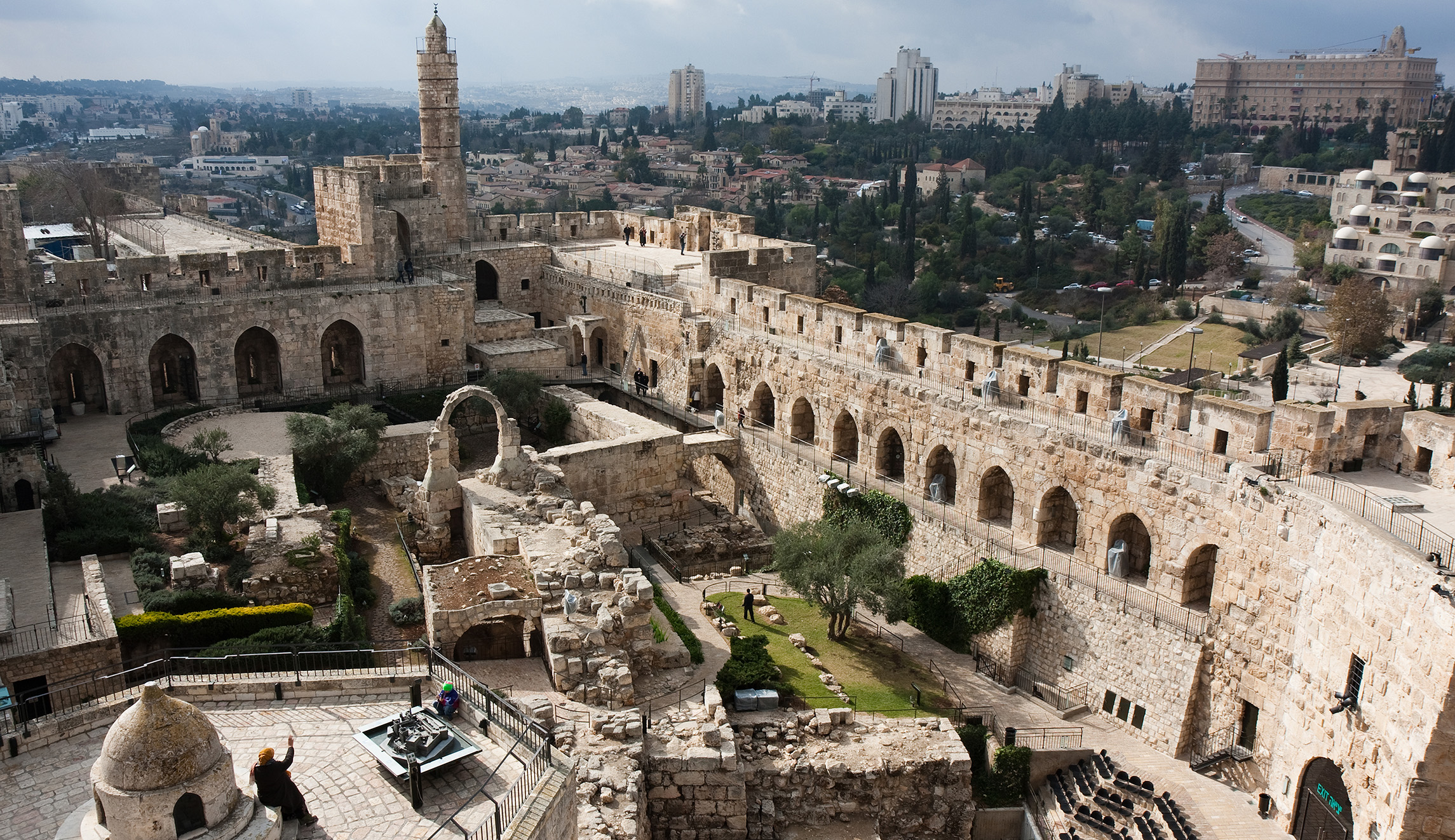As Notre Dame burned on Monday, the universal significance of the cathedral drew outpourings of support. As the ashes settled, hundreds of millions of dollars were quickly pledged for repairs to rebuild the iconic Parisian landmark.
But Notre Dame needed funding for repairs even before her roof and towering spire collapsed in flames. Limestone crumbled to the touch, the roof needed extensive repairs, the flying buttresses supporting the heavy stone façade were far from stable, having eroded over the centuries. Before it went up in flames, finding the money to fix the cathedral was far from an easy task. Bureaucratic questions of responsibility and a reliance on public appeals to raise funds led to delays in repairs and left the building more vulnerable.
Although international attention for the time being is, rightly, focused on Notre Dame, the more than 800-year-old cathedral is hardly the only historical structure in need of repairs and short of funding.

Take, for example, Britain’s Palace of Westminster, where Parliament meets. The leaky roof that dripped water on the House of Commons during the Brexit vote is relatively mild compared to serious issues of pipes and wires that should have been replaced in the 1970s. There are fire hazards and structural problems that would cost at least $4.6 billion to fix. Parts of the building date back to 1097, though much of the building is more recent, having already been rebuilt after a fire in 1834 and after German bombing in World War II.

In Cambodia, the splendor of the Angkor Wat temple complex is facing funding shortages as international funding dried up, leaving work and restorations unfinished. First built in the 1100s, huge religious monument is in dire need of restoration. Lacking initially planned structural reinforcements, parts of the temple are not only left in ruin but less likely to be standing for visitors to come.

The Old City of Jerusalem and its walls are in need of serious restoration and preservation too. The famous Western Wall dates back to 19 B.C., and last year, seemingly in a cry for help, a stone came off the aging wall. In a city at the heart of political and religious controversy, however, these divisions mean that the work necessary to preserve the city is left undone, ultimately leading to further deterioration.
Other sites from Venice, to sections of China’s Great Wall, to the Jewish Quarter in the coastal Moroccan city of Essaouira, all are in need of costly preservation.
But the slow decay of years of weather, tourism, and even looting that threatens these sites often fail to capture the urgency of a catastrophe like the Notre Dame fire that sparks international interest, a quick flow of cash, and demands government attention. We shouldn’t wait for the next disaster to prioritize their preservation.

